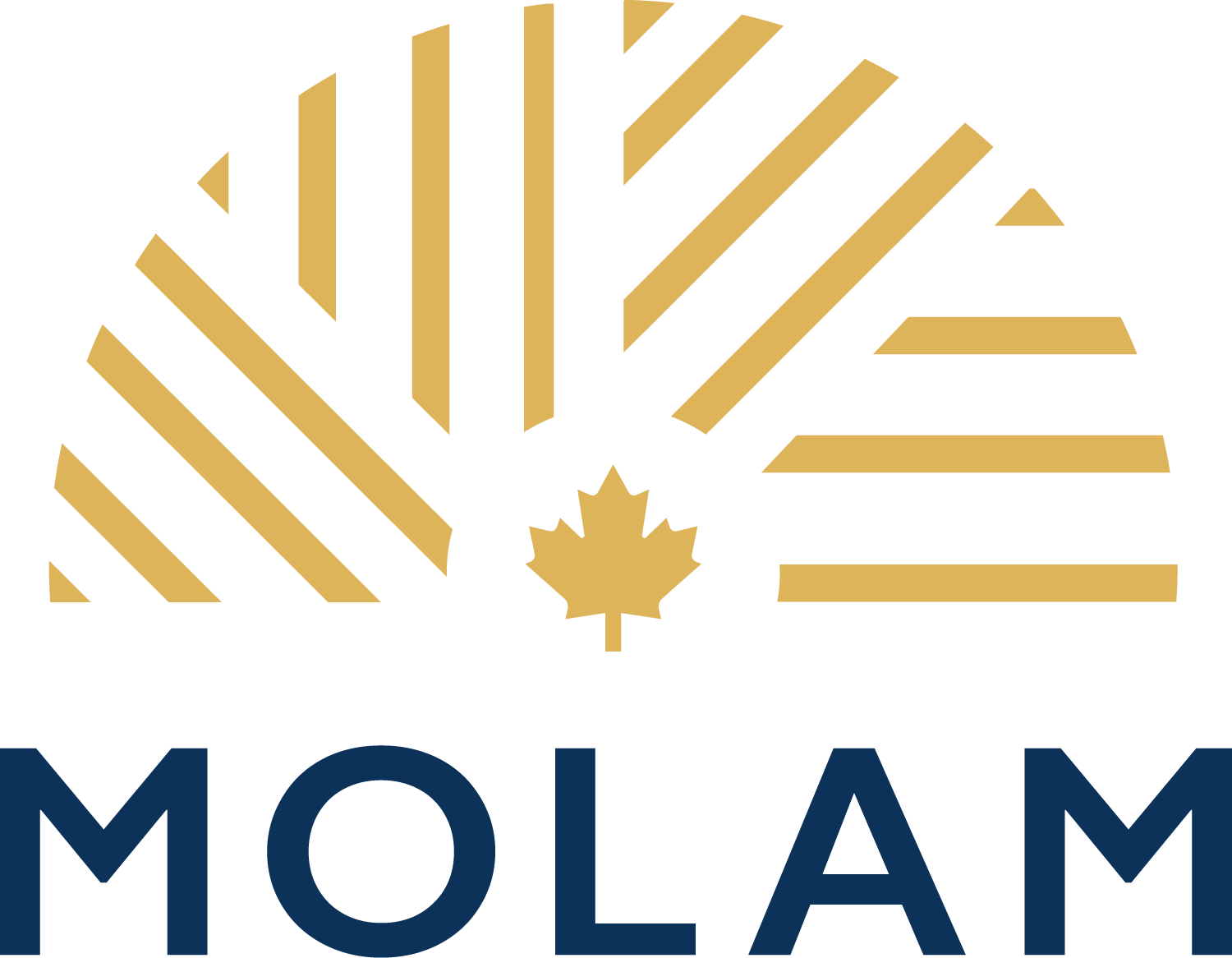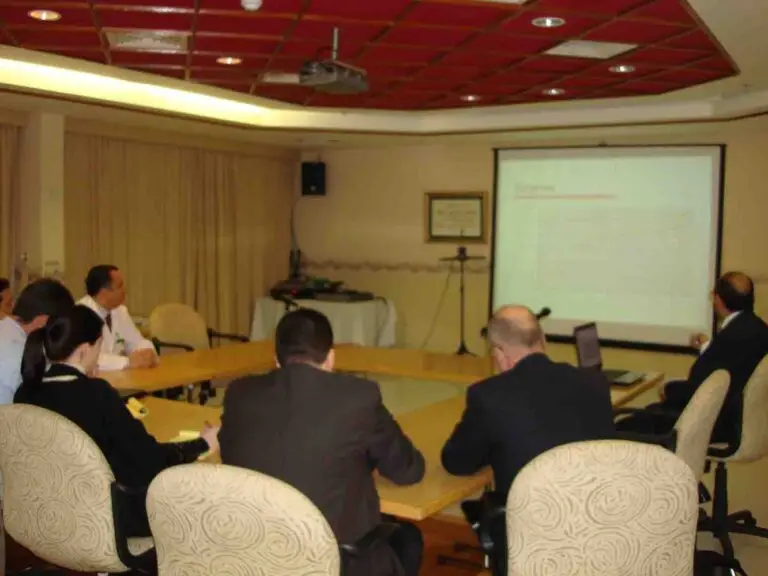Introduction
In an era where healthcare systems are under growing pressure to deliver more with less, effective leadership is not just about experience — it’s about evidence. At MOLAM, we champion Evidence-Based Leadership (EBL). This structured approach equips healthcare executives with the tools, data, and insight to make decisions that are not only strategic but scientifically sound.
What is Evidence-Based Leadership?
Evidence-Based Leadership combines clinical decision-making principles with operational and behavioural science. It emphasizes:
- Making leadership decisions using validated data
- Applying best-practice frameworks derived from research and outcomes
- Regularly measuring and adapting strategies based on real-world results
This is not leadership based on instinct, tradition, or hierarchy — it is accountable, measurable, and replicable.
Why Traditional Leadership Often Falls Short
In many healthcare settings, leadership is still guided by:
- Personal management style
- Unquestioned institutional habits
- Trial-and-error strategies
While intuition and experience matter, they often lead to inconsistent or slow change. In contrast, Evidence-Based Leadership offers a predictable path to performance improvement, aligning leadership decisions with proven methodologies.
MOLAM’s Evidence-Based Leadership Framework: From Data to Action
At MOLAM, we apply a four-step Evidence-Based Leadership model that transforms healthcare management into a disciplined practice:
- Clarify Strategic Objectives: Every leadership intervention starts with a defined, measurable goal — whether it’s reducing turnover, improving patient flow, or boosting engagement.
- Apply Validated Tools and Metrics: We draw on global best practices and leading frameworks (such as Lean, 4DX, and Kotter) to ensure actions are grounded in evidence, not assumptions.
- Coach in Context: We train and coach leaders in real time — within their teams, systems, and workflows — not just in classrooms or simulations.
- Track, Measure, Adapt: Every intervention is followed by performance tracking and a feedback loop to adapt leadership behaviours to changing realities.
What Evidence-Based Leadership Delivers
Organizations that adopt Evidence-Based Leadership through MOLAM’s programs typically experience:
- Increased team accountability
- Stronger alignment between clinical and operational leaders
- Clearer prioritization and execution of goals
- Measurable improvements in engagement, efficiency, and quality
It’s not just about developing better leaders — it’s about building better systems through more competent leadership.
Tailored to Regional Needs
In various regions of the world, such as North America, the Middle East, the Gulf, and the broader MENA region, leadership often involves managing multicultural teams, hybrid public-private systems, and rapidly evolving policies. MOLAM ensures its Evidence-Based Leadership model is culturally responsive, locally relevant, and strategically aligned with national health goals.
Leadership is a Capability — Not a Personality
We believe great leaders are built, not born. MOLAM’s Evidence-Based Leadership coaching and advisory programs provide:
- 1-on-1 and team coaching
- Performance dashboards and scorecards
- Evidence-based decision-making templates
- Ongoing support via in-person and virtual platforms
Whether you’re managing a hospital department or leading a health system, MOLAM empowers you with the insight and structure to lead with confidence — and deliver results you can prove
Ready to Lead Smarter?
If your organization is serious about transforming leadership into a strategic asset, MOLAM can help. Contact us to explore our custom coaching programs and evidence-based leadership advisory solutions.




